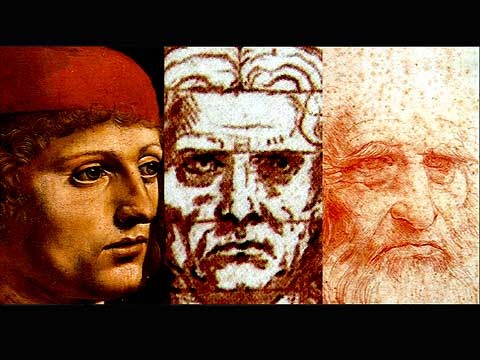Can you name an archeological site? What might pass through your head would be the Egyptian pyramids, some Roman building, perhaps Pompeii, who knows, Stonehenge? Or here in the Americas, Machu Picchu of the Incas or an Aztec pyramid from Mexico. What if I told you that here in Brazil there are more than 27,000 archeological sites already known and registered? Some of the most prominent are the following: the magnificent geoglyphs of Acre, called “earth tattoos” by some Indigenous groups; the rock carvings of Costão de Santinho, in Florianópolis, Santa Catarina; Valongo Wharf in Rio de Janeiro, which, in 2017, was designated a UNESCO World Heritage Site for its record of the painful memory of the terrible slave trade that brought enslaved Africans to the Americas. Another UNESCO World Heritage Site that I would like to highlight is the Serra da Capivara National Park archaeological complex, in Piauí, It encompasses an area of 100,000 hectares with more that 700 archeological sites. Everything there is superlative. They have the highest concentration of cave paintings in the world. They have archeological sites with the oldest ceramics in the Americas, around 9,000 years old. There’s also the archeological site Toca do Boqueirão da Pedra Furada, with chipped stone artifacts dating back to 100,000 years ago. All the archeological sites already known in Brazil are registered by the National Historical and Artistic Heritage Institute, IPHAN, a federal government agency, and you can find more information on their website. But what is an archeological site? What purpose does it serve? Why should they be preserved? And what happens if they are destroyed? An archeological site is an area where materials are physically deposited from some past human activity. Several of these sites have already been studied. This doesn’t mean they’ve all been exhausted; many others are yet to be studied or have not yet been identified. One thing you need to know is how we go about finding out how old an archaeological thing is. The best known method is radiocarbon dating, carbon 14. I’m not going to explain the physicochemical dating process here, but what interests us here is to know what can be dated. For obvious reasons, the only things that can be dated must contain carbon, but pay attention! If I take a diamond or a graphite rock, both of which are made of carbon, and I try to date them, the result will be the moment of the rock’s formation, not the moment of its use. That is to say that I can’t take an arrowhead made of rock and date it because that will tell me when the rock was formed in Nature, not when it was carved by a person. So, to know the date of a particular human activity, it’s necessary to take the carbon from something that was alive at the time of the activity, like plants, wood, or bones. So how do archeologists do it then? In the process of excavating an archeological site, we do it in a way that helps us see relationships between the things there, and if we find something that can be dated, then yes, it is possible to suggest that the date obtained can refer to that whole set. Another physicochemical dating process is called ”OSL” which means “optically stimulated luminescence.” This technique tells me the date that a crystal grain, taken from various types of minerals, was stimulated for the last time. for example, when soil or sediment was buried and no longer stimulated by the sun’s ultraviolet rays, or when the grains that make up a ceramic piece were exposed to fire. In both cases, you can also see how the context of archaeological things makes all the difference. But why preserve these archaeological sites - these terrains, these archaeological places? When the Europeans arrived here, somewhere around 1500, a lot had already happened on this continent. It’s estimated that at that time, there were about 1,000 different Indigenous languages spoken by the Indigenous people living here. Today, there are around 270 Indigenous languages still actively spoken. By way of comparison, in all of Europe today, there are 60 languages, less than a quarter of the number of Indigenous languages in Brazil today, and this after five centuries of genocide. How did this happen? How did so many languages get established here? The answer is that it came over time - a lot of time and with refinement, We call it “deep Indigenous history.” Think of all that’s changed between 1500 and now. In 500 years, look at the changes in the landscape that we can identify: buildings, cities, re-routed rivers, flattened hills, plantations, farms. Indigenous people also altered the environment. They planted forests, opened clearings, moved plants from place to place, domesticated plants and animals, built structures, and had roads connecting villages and “guarás” many kilometers apart. Now calculate how much must have happened on this continent prior to 1500. Here’s another question: Do you know from where, how, and when the original peoples, the Indigenous, came to the Americas? If you were a bright student in school, you might quickly answer: “Why of course. By the Bering Straits, there in Alaska, 12,000 years ago.” Well, this is the most accepted model at the moment, but there are still some pieces missing from the big puzzle of how Homo sapiens dispersed around the world, starting from Africa. Recently, Niède Guidon, a Brazilian archaeologist working in Serra da Capivara, in Piauí, stated that the findings from there suggest a migration directly from the African continent, at dates that go back to 100,000 years. Now, in 2021, another article has been published by another researcher with evidence of a transpacific migration route, and there are even other proposals, such as transatlantic routes both from Europe to North America and from Africa to South America. What I’m saying is that the story of sapien dispersal around the world is a giant scientific puzzle that’s not yet fully assembled, and we’re not sure how many pieces it has or what it will look like when it fits together. Among the known archeological sites in Brazil, we have various types of Indigenous communities, some that look like they would today, and others that look different. In these sites, many fragments of ceramic pieces are found. There are also sites where lithic pieces predominate, that is, rock. There are sites with underground houses, sites with rock art, and, mainly on the south coast, we have the sambaquis, which are hills of varying heights, built with shells and many other things. The sambaquis are the material record, quite well preserved, of a people who occupied a good part of the Atlantic coast. They had villages, hunted, fished, and gathered. Their population ranged from a few hundred to a few thousand people. They lived and roamed all along the coast. In these sambaquis, there are remains of work tools, and things related to food and to the burial of loved ones. There are many skeletons that were buried with rituals. And the dating of these peoples, who are ancestors of Indigenous people, varies between 8,000 and 1,500 years before the present. That is, about 6,000 to 7,000 years ago, these people were moving about. They related, fell in love, ate, slept, planted, harvested, fished, had fun, fought, told stories, and passed knowledge from one generation to another of how best to do these things. And the history of these coastal people connects with the other Indigenous peoples who inhabited the continent in the same period and with the dispersal of sapiens around the world. But there are still a lot of little puzzle pieces to fit in there. For this reason, it’s important to find archeological sites and preserve them, so that they can, one by one, be studied. Here’s a tip: don’t destroy the sapien puzzle pieces.
Related talks

Nellie McKay: "Mother of Pearl," "If I Had You"
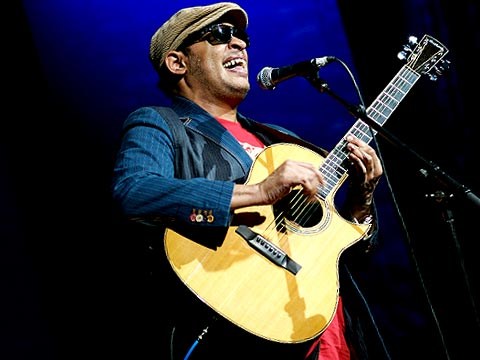
Raul Midon: "Tembererana"
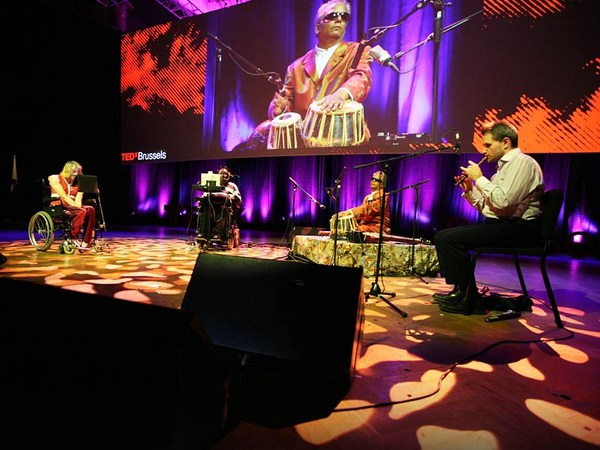
Charles Hazlewood + British Paraorchestra: The debut of the British Paraorchestra
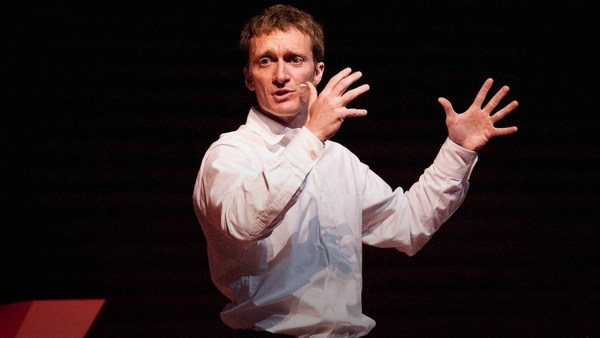
Damon Horowitz: We need a "moral operating system"
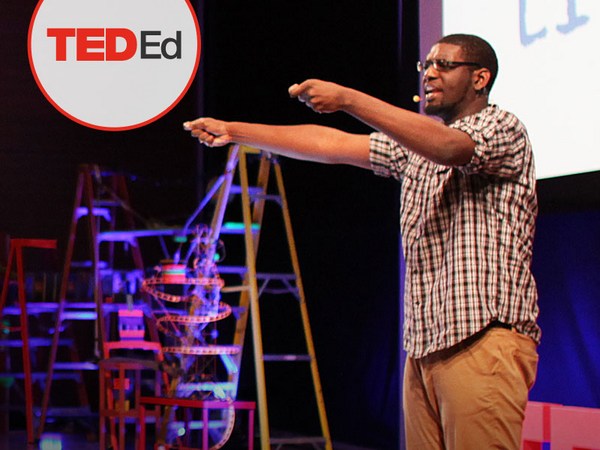
Carvens Lissaint: "Put the financial aid in the bag"
